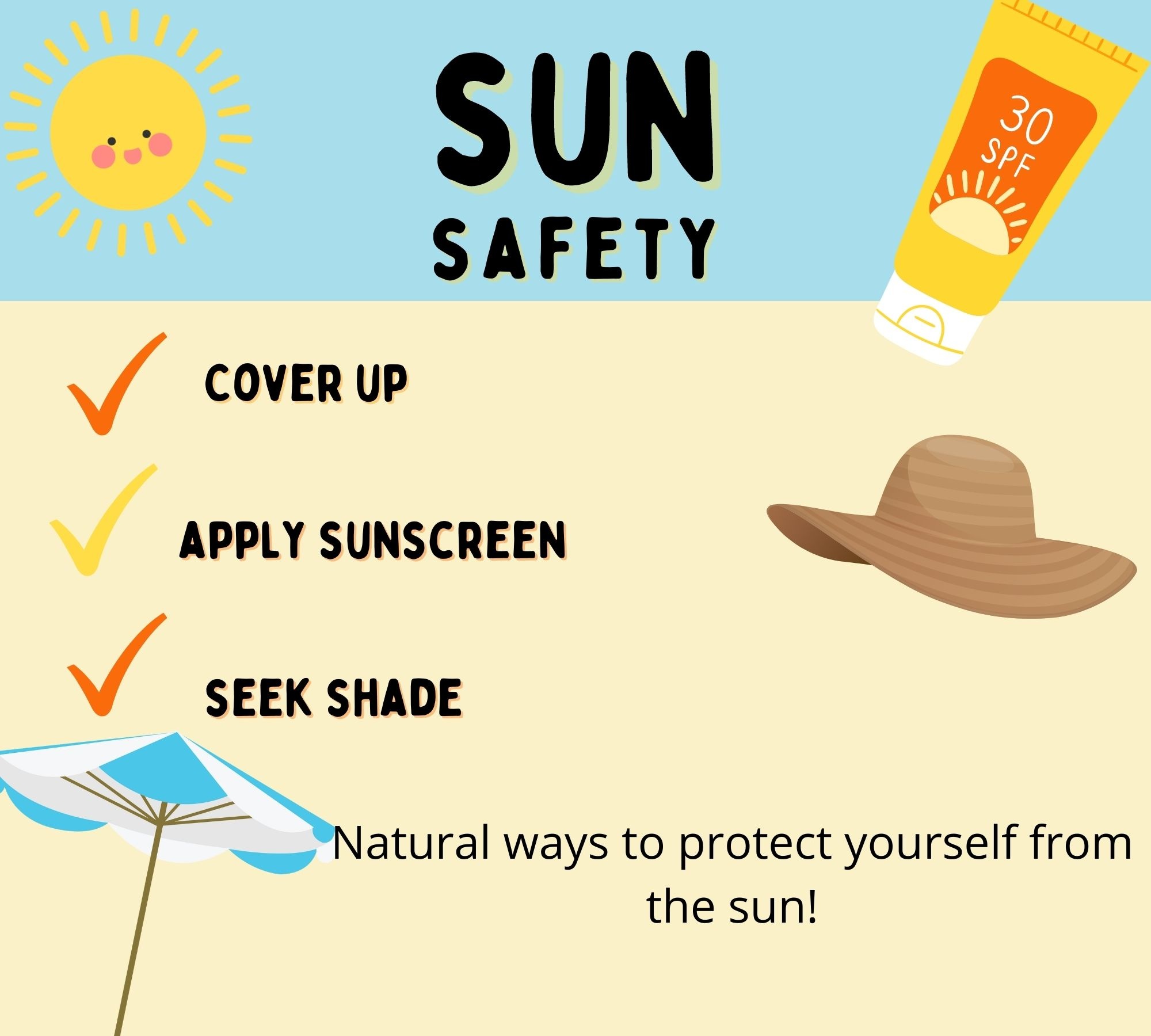Sun Safety
- Posted on
- By Denise Potter
- 0

We all love being out in the sun when the weather perks up. The warmth of the sun is rejuvenating, especially after several months of cold and darker skies. Exposure to the suns rays are incredibly important for our immune systems, mood, and our overall health in general. However, like with all things, too much exposure can be harmful, and can lead to painful burns and irritations on the skin. Many people, in order to combat the pain from a day out in the bright sun, resort to applying sunscreen on the skin. This may help to prevent burning and blistering, but at what cost?
In recent years, more and more evidence has been brought to light exposing the dangerous side of the most common sunscreens on the market. As recently as 3 years ago, approximately 60% of sunscreens available were tested to contain a toxic component that has been proven to lead to a wide variety of health imbalances, including cancers, allergies, skin irritations, hormone disruption, and issues with reproduction.2 Thankfully now, in 2022, that number has dropped down significantly to only approximately 30%. A director for the Environmental Working Group (EWG), has recently stated that many of the ingredients in common sunscreens have not been adequately tested.
The main culprit of toxic ingredients found in sunscreens is a chemical called oxybenzone. This chemical has been noted by the European Commission (the program that reviews ingredient safety in Europe), to be toxic at current levels. Studies have shown that this is an endocrine disruptor, impacting hormone balance in humans and higher risks of thyroid tumors in rats.
In 2020, the FDA led a study about sunscreens and concluded that chemicals in sunscreens are absorbed systemically after just one application, and oftentimes stay within the system for up to 3 weeks after the first application. These chemicals build up within our tissues after repeated applications, and can have a dangerous impact on our cellular health. The FDA looked at avobenzone, oxybenzone, octocrylene, homosalate, octisalate, and octinoxate. All six of these active ingredients commonly found in various sunscreens, were found within the body at concentrations that surpassed the thresholds for safety by the FDA.
To add insult to injury, many sunscreens contain toxic components that interact with chlorine from swimming pools that make the product even more dangerous to the cells. The skin absorbs EVERYTHING that it comes in contact with and takes it into the body where the cells hold onto it. These damages often take years to manifest into physical issues, so it is hard to definitively track the damages to sunscreen application.
After learning this information, many people choose to not use sunscreen and to monitor their time outside, applying aloe vera, coconut oil, lavender oil, or a salve to help protect and heal the skin from burns. For those who still want sunscreen but want to avoid the chemical cocktail, thankfully there are many mineral-based sunscreens available to help protect the skin from damage from a day spent outside in the sun. At Health Simplified, we carry the “Babo” brand in a sports stick in SPF 30 and then a Botanics Mineral sunscreen in SPF50. as well as a Sukin Sheer Touch Sunscreen for the face at a SPF30. These brands are free from the toxic ingredients listed above and have mineral based ingredients.

Comments
Be the first to comment...